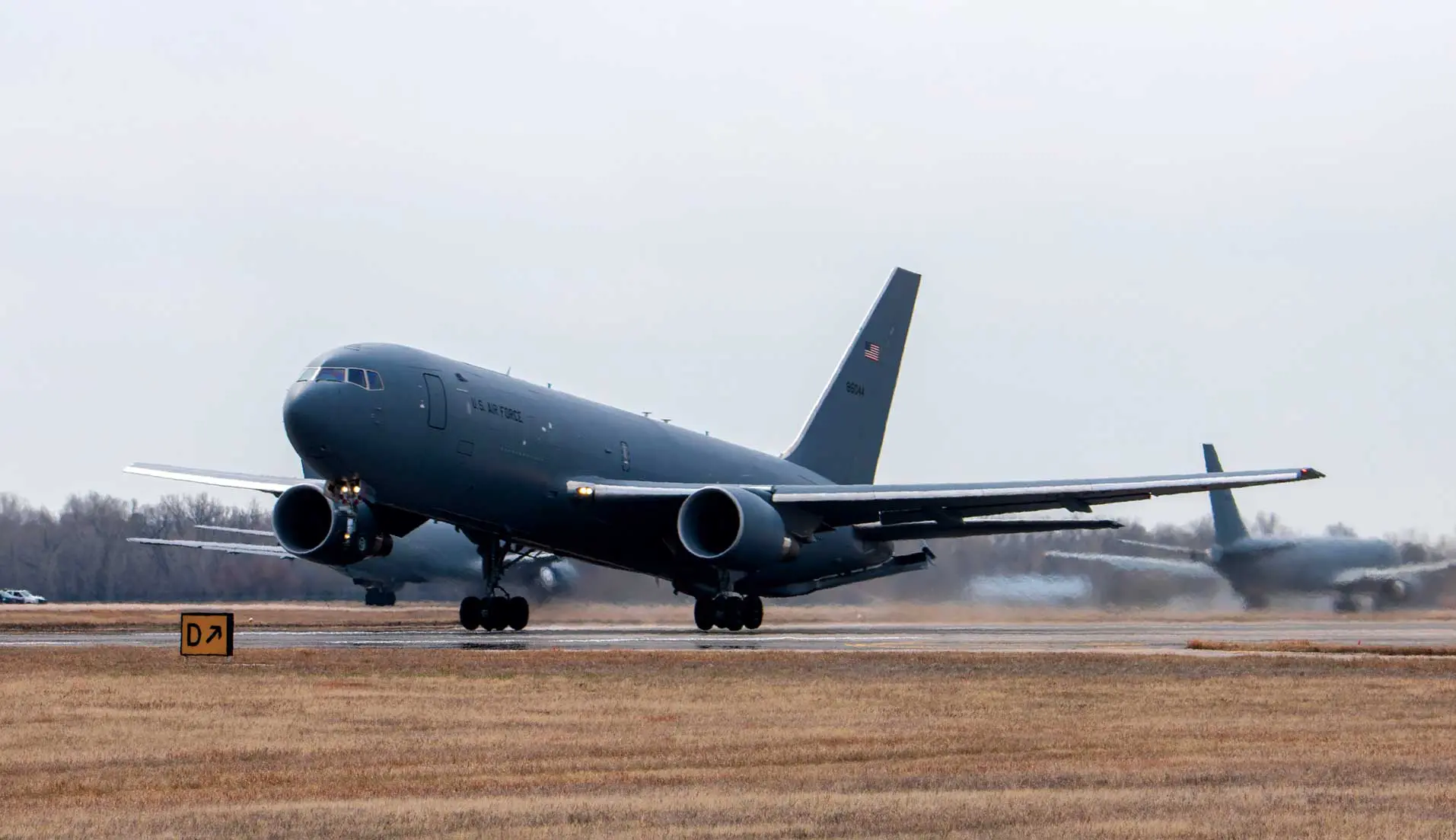ASAP as an “Atta Boy”
By MR. LALO MAYNES, AMC/SEF
While conducting launch procedures for a KC-46A Pegasus tanker aircraft, the aircrew started both engines and were going over the pre-taxi checklist in the flight deck when the Crew Chief reported hearing a strange noise coming from the main landing gear. This noise was a hissing sound that the Crew Chief thought might be a bleed air leak within the wheel well of the left main landing gear. After appropriate coordination with the aircrew, the Crew Chief lowered and pinned the forward gear door and immediately heard the loud hissing of air escaping from a bleed air duct. After further inspection, the Crew Chief discovered a large 3-inch cracked weld around one bleed air duct and notified the aircrew of this grounding item. The aircrew canceled the mission, shut down the engines, and returned the aircraft to maintenance. The Aircraft Commander later commented, “Without the demonstrated exceptional attention to detail from the Crew Chief, this grounding issue likely would not have been identified.†When the aircrew conducted their preflight walk around inspection, the forward main landing gear door was in the up position, which restricted the pilot’s view of this bleed air duct.
This information came to us as an Aviation Safety Action Program (ASAP) submission. ASAP is an anonymous, voluntary web-based program that Airmen use to report errors and hazards in all functional areas. It facilitates hazard submission via personal electronic devices. ASAP also provides leadership with evidence of risk that may otherwise be undetected, so that risk management actions can be taken to improve safety.
The Crew Chief’s name in this event is unknown, but they did a great job and displayed assertiveness to inform the aircrew of this aircraft-grounding condition. I also want to express the importance and success of ASAP. When I was an Airman, I wish there had been an avenue to get my suggestions and recommendations to someone in Wing leadership or to Major Command staff. The Air Mobility Command (AMC) ASAP team receives, on average, four reports daily, and key players within AMC staff act on each report. My hat is off to the person who submitted this ASAP report and to the Crew Chief who likely prevented a significant mishap. Keep those ASAPs coming!

